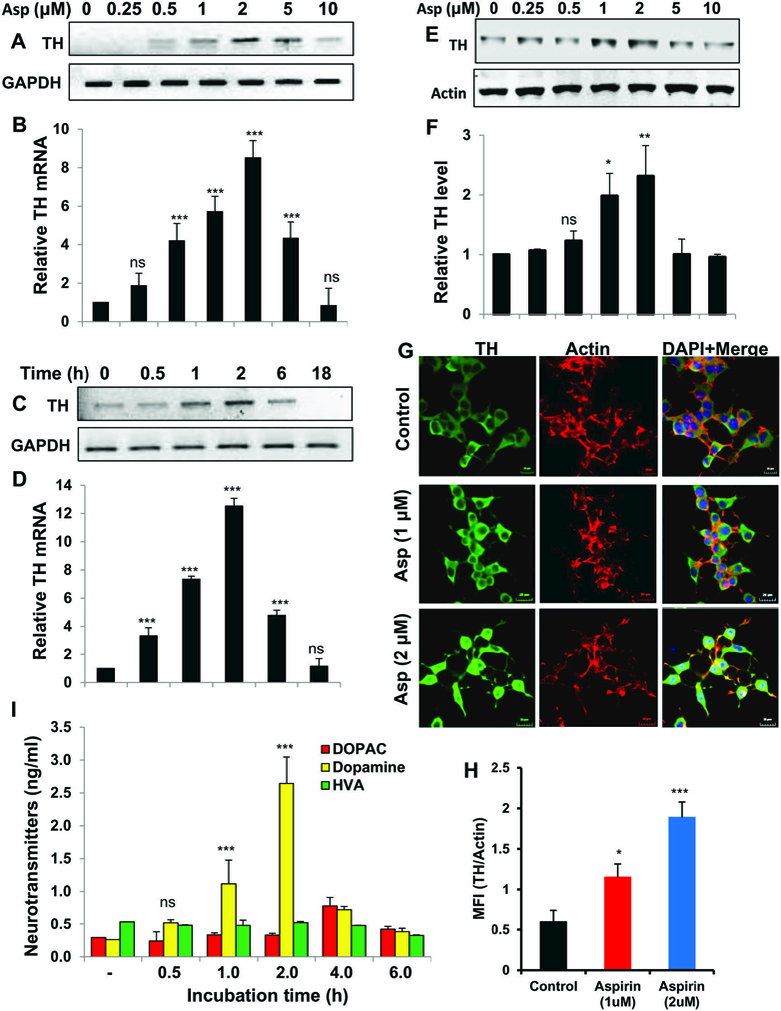Figure 1. Dose- and time-dependent induction of tyrosine hydroxylase (TH) in mouse MN9D neuronal cells by aspirin.

(A) Mouse MN9D neuronal cells were treated with different concentrations of aspirin under serum-free conditions for 2 h followed by monitoring the mRNA expression of TH by semi-quantitative RT-PCR (A) and real-time PCR (B). Cells were treated with 2 µM aspirin for different time periods under serum-free condition followed by monitoring the mRNA expression of TH by semi-quantitative RT-PCR (C) and real-time PCR (D). Results are mean ± SD of at least three independent experiments. ***p < 0.001 vs control; ns, not significant. One-way ANOVA with Tukey’s multiple comparison test shows that both dose- (B) or time- (C) dependent increase in TH mRNA by aspirin is significant (p < 0.0001). Cells were treated with different concentrations of aspirin under serum-free conditions for 2 h followed by monitoring the protein level of TH by Western blot (E). Bands were scanned and values (TH/actin) presented as relative to control (F). Results are mean ± SD of three different experiments. *p < 0.05 & **p < 0.01 vs control; ns, not significant. One-way ANOVA with Tukey’s multiple comparison test shows that dose-dependent increase in TH protein by aspirin is significant (p < 0.01). Cells were treated with 2 µM aspirin for 2 h followed by double-label immunofluorescence with antibodies against TH and actin (G). Mean fluorescence intensity (MFI) of TH and actin was calculated in 20 different cells (H) and presented as MFI-TH/MFI-actin. Results are mean ± SEM of 20 different cells per group. *p < 0.05 & ***p < 0.001 vs control. I) Cells were treated with 2 µM aspirin for different time periods followed by measuring the level of DA, DOPAC and HVA in supernatants by HPLC. Results are mean ± SD of at least three independent experiments. ***p < 0.001 vs control; ns, not significant. One-way ANOVA with Tukey’s multiple comparison test shows that time-dependent increase in DA by aspirin is significant (p < 0.0001).
